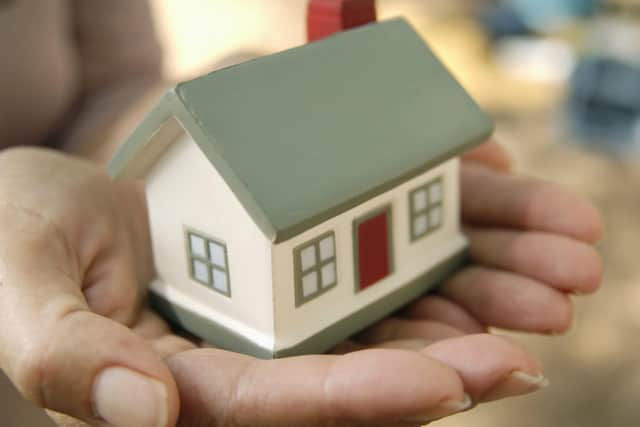How to check if your home could be affected by RAAC concrete and what to do if it is
MyBuilder.com, a platform that matches tradespeople to homeowners, has put together a guide to help homeowners if they have any concerns about RAAC in their property, and what steps to take if there’s an issue.
RAAC is a product that was regularly used between the 1950s and the 1990s, most commonly in public buildings such as schools. However, it is now believed that it was potentially used in residential homes, in particular council housing, as it was cheap and widely available at that time. Many of these homes will now have passed into private ownership.
Advertisement
Hide AdAdvertisement
Hide AdHere’s how to identify if your home may be affected by RAAC: Age of the property. If your home was not built between the 1950s and 1990s, you are unlikely to be affected. However, if it was, it’s possible RAAC is present so take a look. If your property was constructed in that time period, the next step would be to conduct a visual inspection.


RAAC was often installed in the form of large “planks”, but it is best to appoint a surveyor to check to ensure correct identification and because of the risk of other materials being present, such as asbestos. Andy Simms, an expert from MyBuilder.com, says that if homeowners have concerns, they can enlist the support of experts to identify if RAAC has been used in their property.
“If your home was built between the 50s and 90s, and particularly if it has an area of flat roofing, it’s worth checking for RAAC. We hope that in the majority of cases, RAAC won’t be present, but it’s always better to err on the side of caution and get it looked at.”
If RAAC is present, appoint an engineer. If potential RAAC has been identified in your property, then you must enlist the services of a structural engineer.
Advertisement
Hide AdAdvertisement
Hide AdThey will confirm if RAAC is indeed present, including with a lab test. Depending on the severity of the situation, it might be sensible to consider repairing and maintaining the materials, especially in terms of protecting against water damage and cracking.
Check your insurance policy. Before going any further with any remedial action, check if you’re covered. Generally, your buildings insurance should cover this, but each policy is different, so make sure you take a look. In the majority of cases where RAAC is identified, it will need to be replaced. Once the full picture has been disclosed, the engineer can advise which tradespeople you will need to complete the work.
Andy Simms said: “It’s understandable that homeowners whose properties might be affected would be concerned. However, with the right expert advice, any issues caused by RAAC can be quickly and effectively remedied, and in most cases should be covered by your insurance. We’d advise anyone who is concerned to act quickly, as due to the sudden increased awareness of RAAC, surveyors and engineers are likely to be experiencing a high level of demand.”